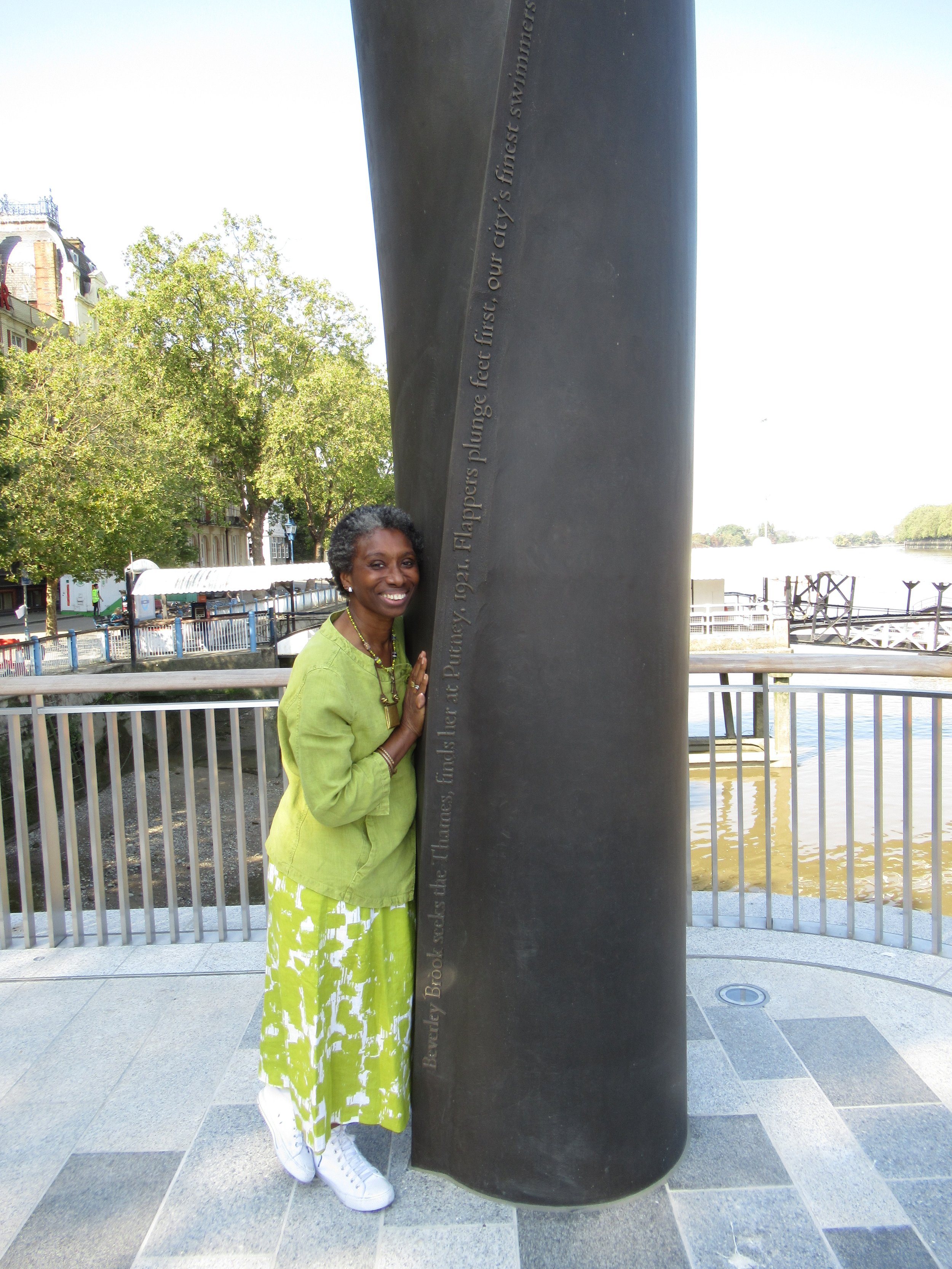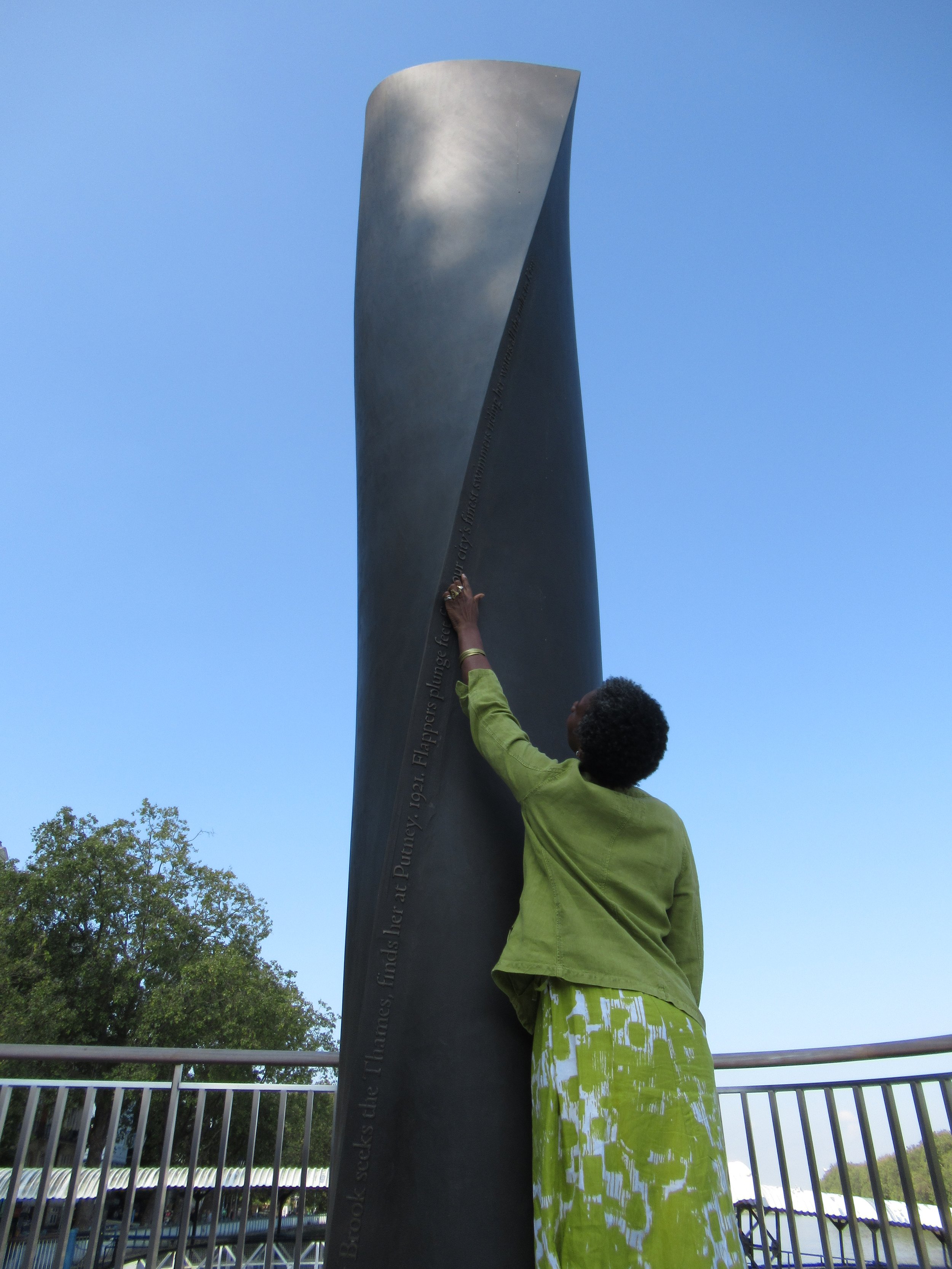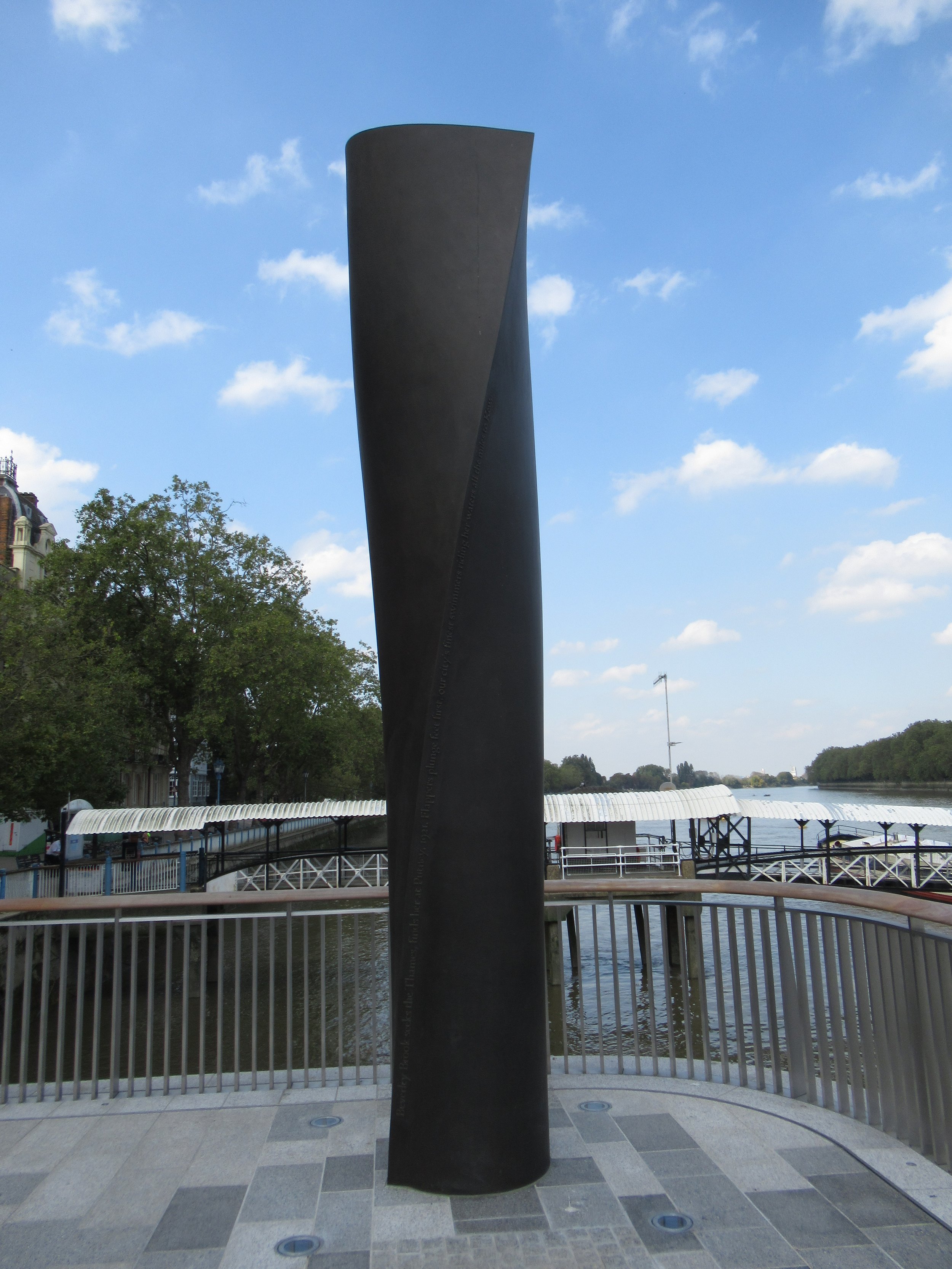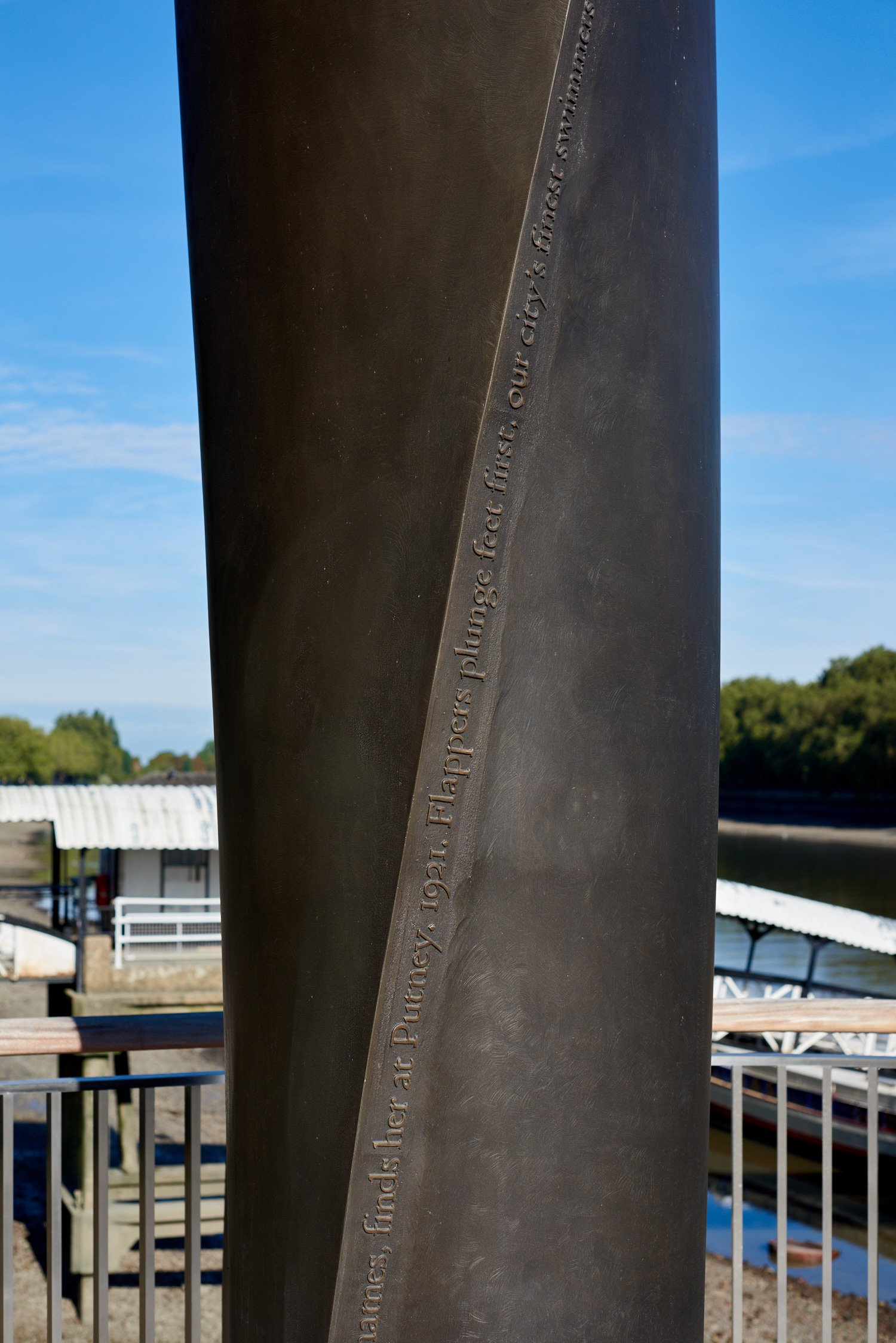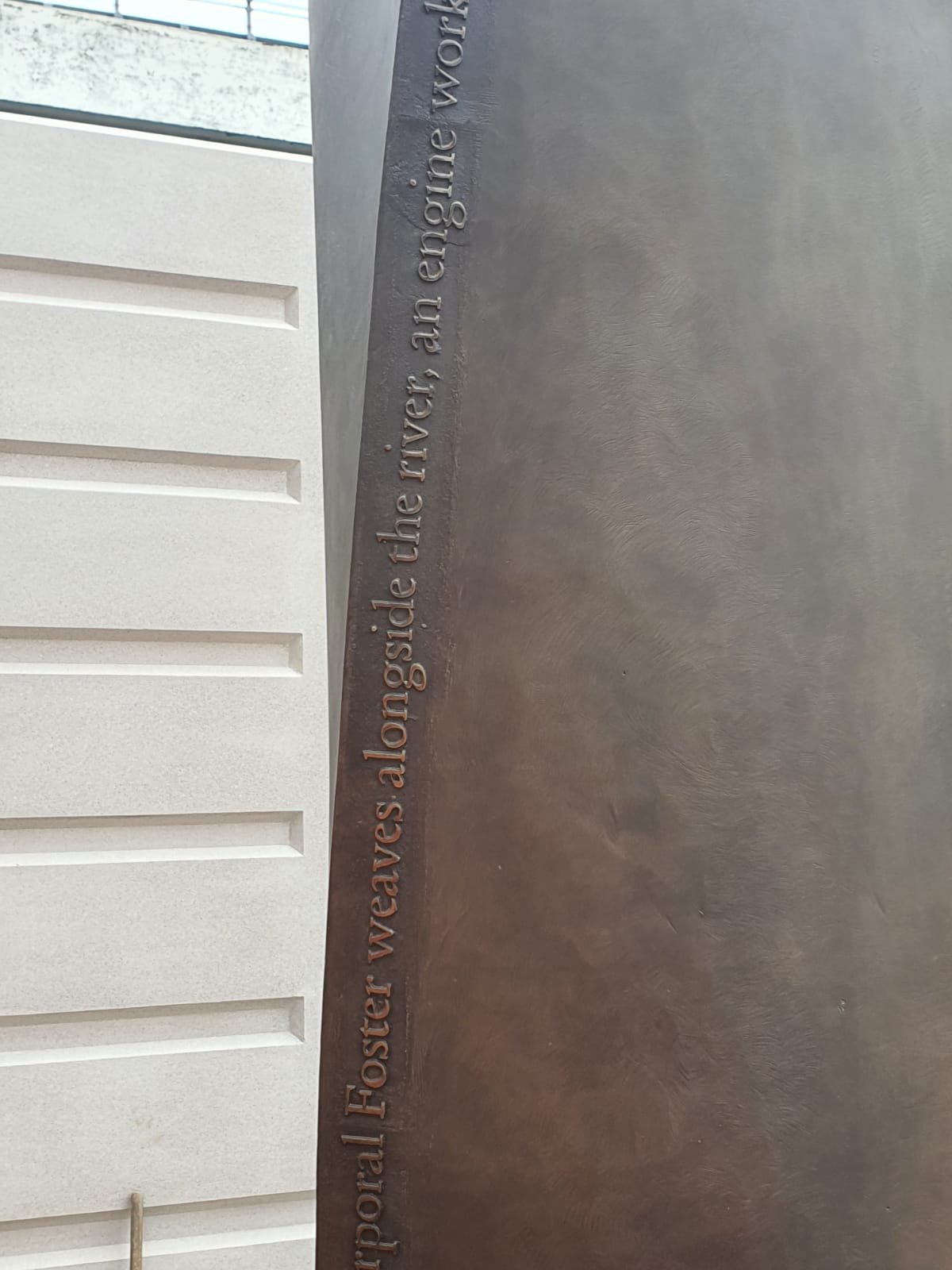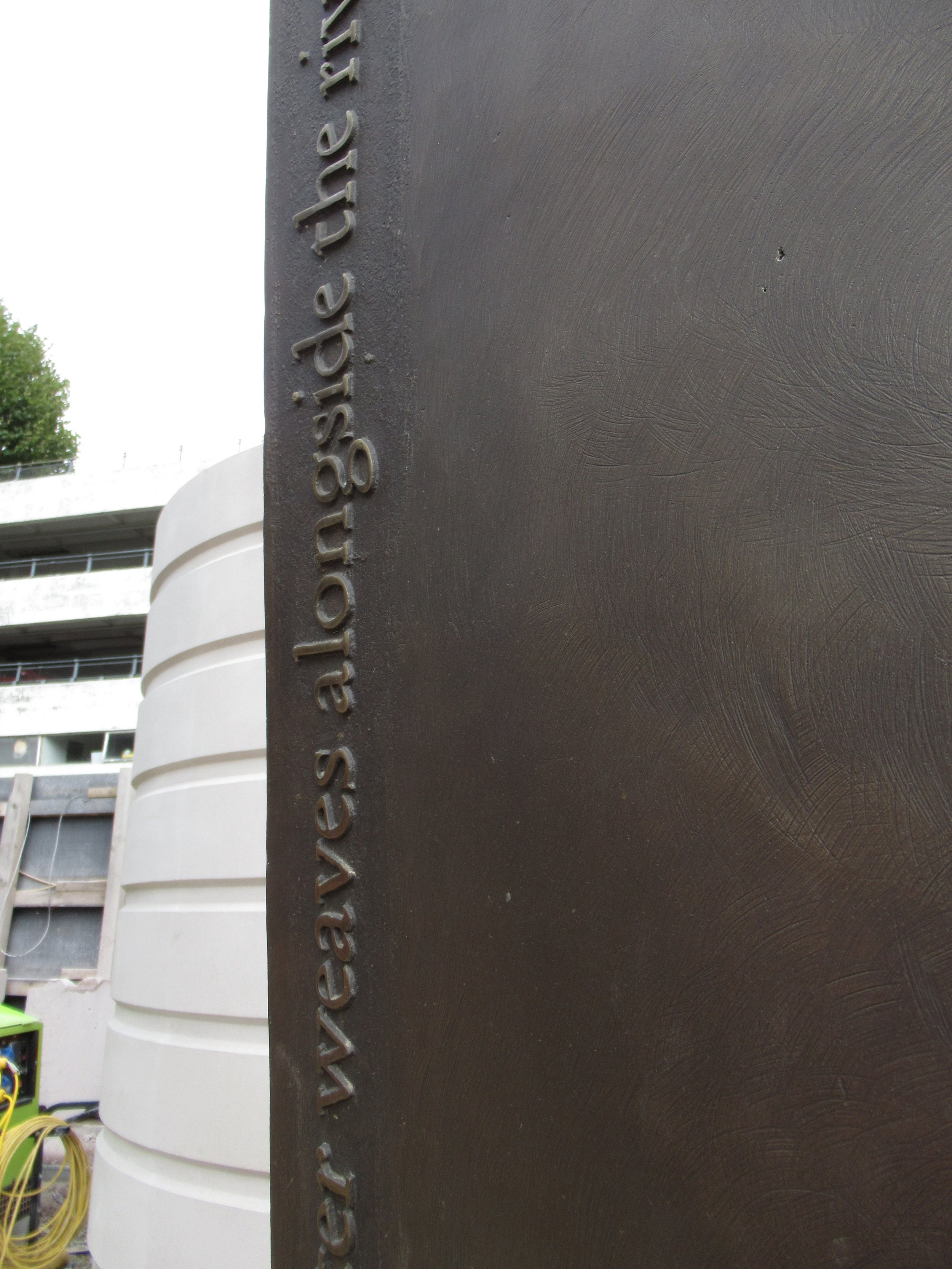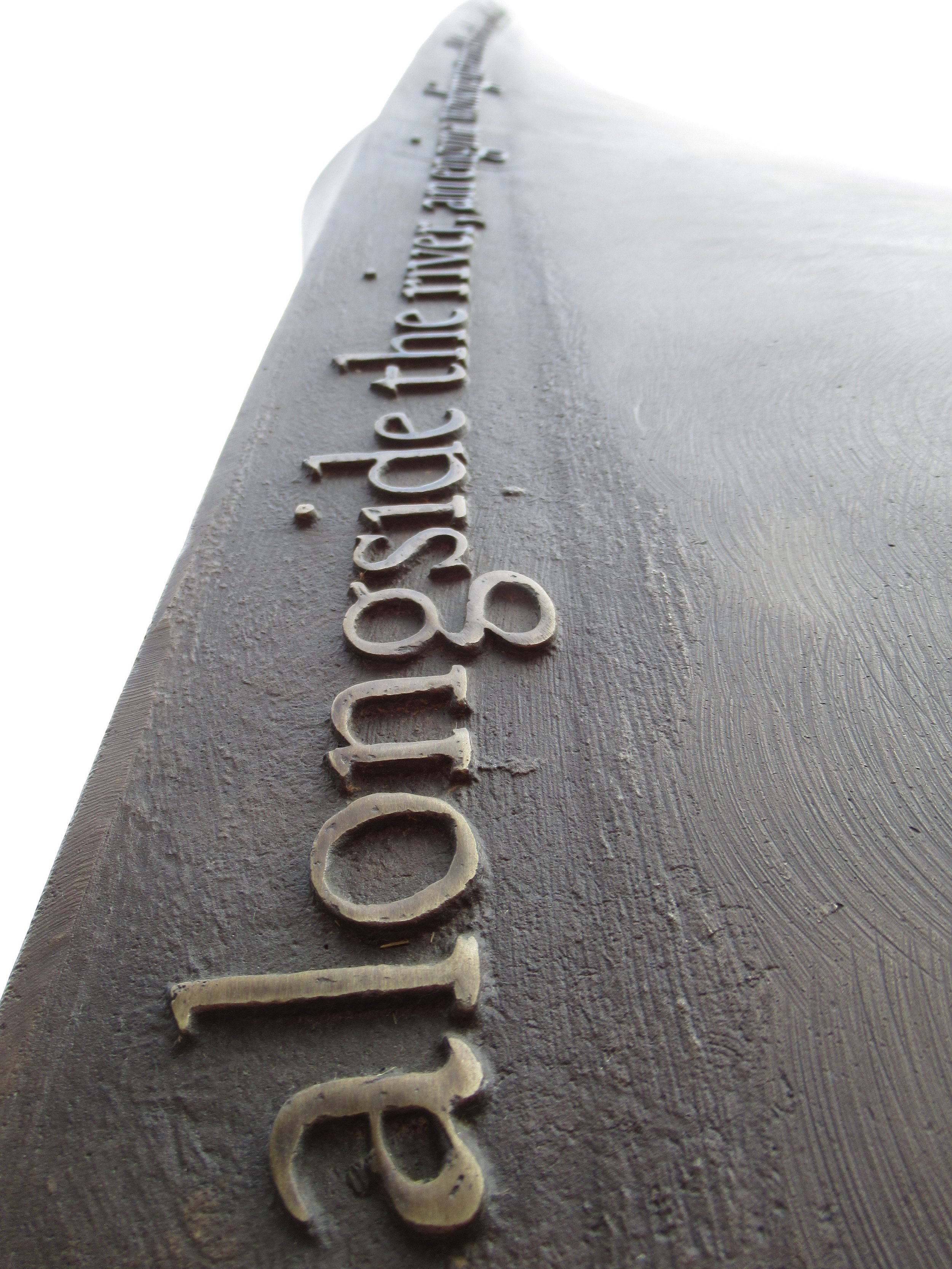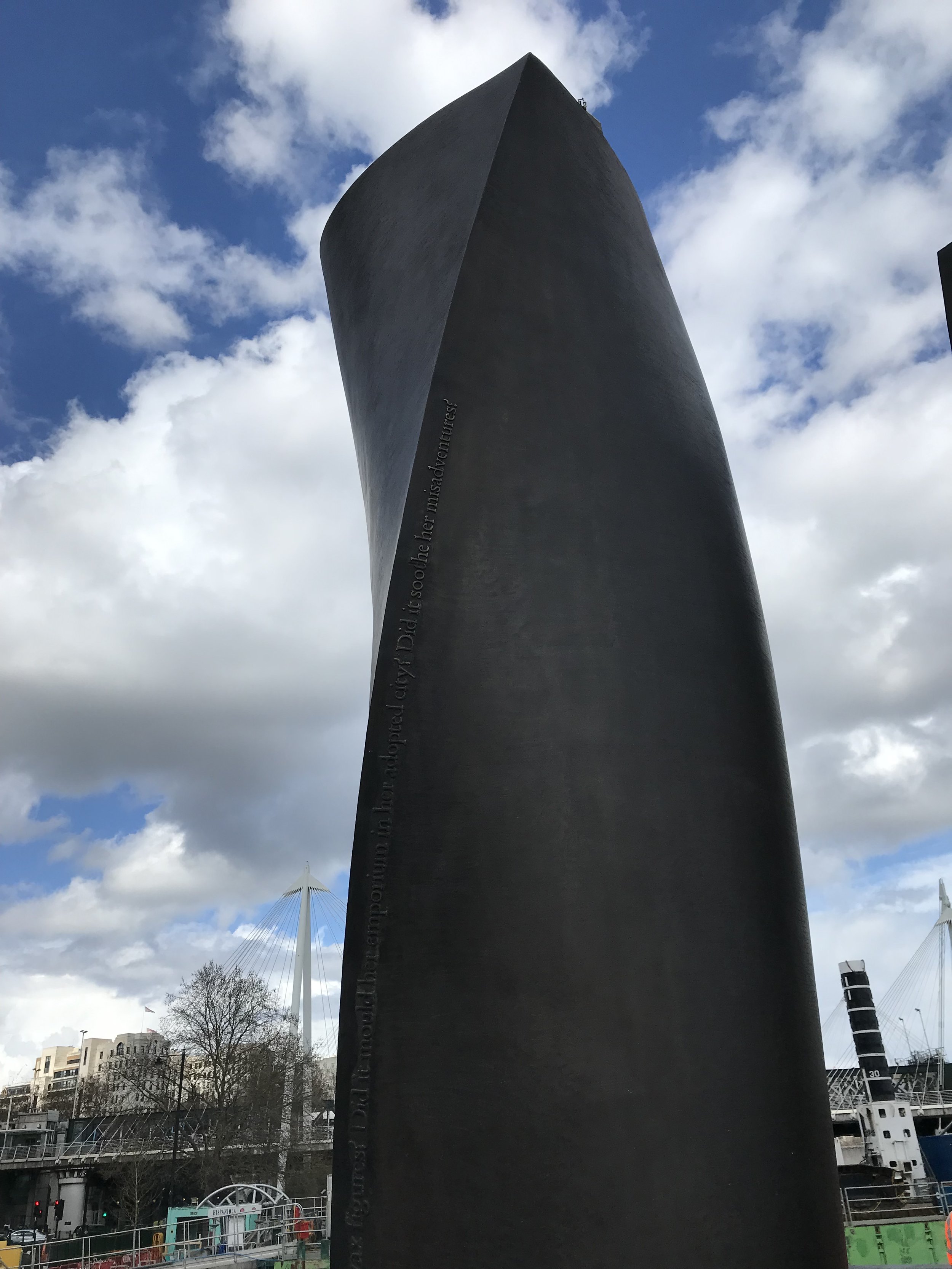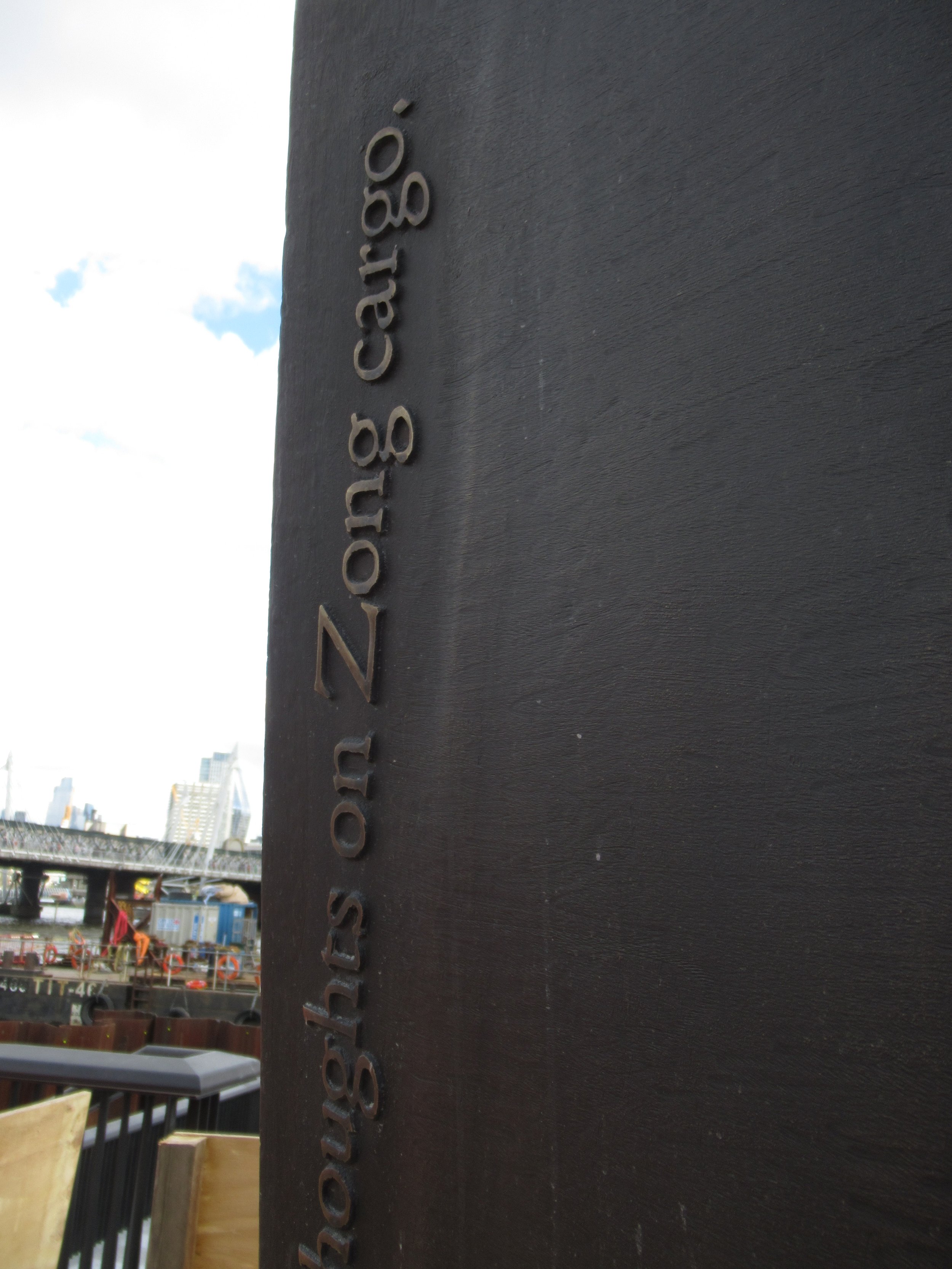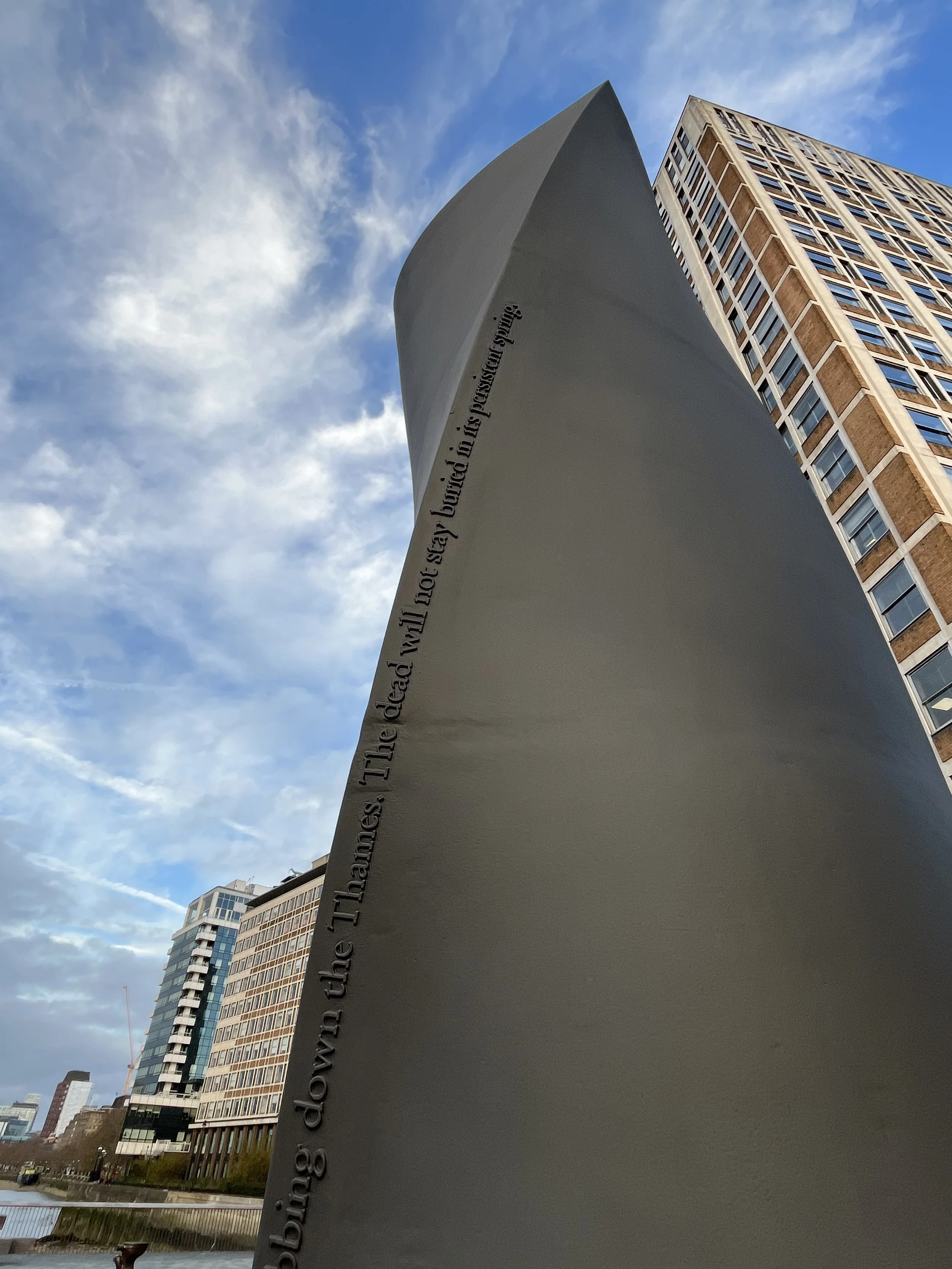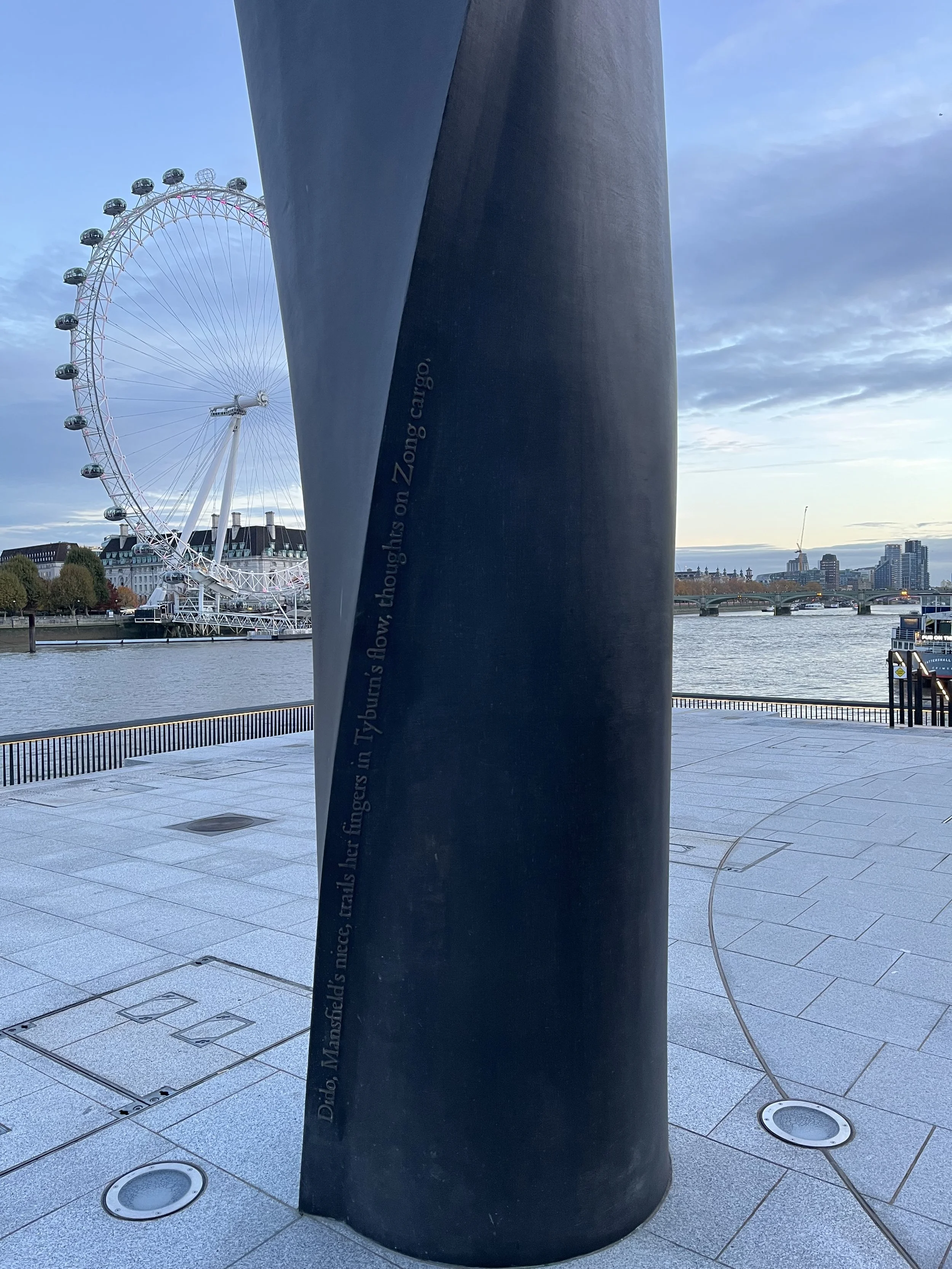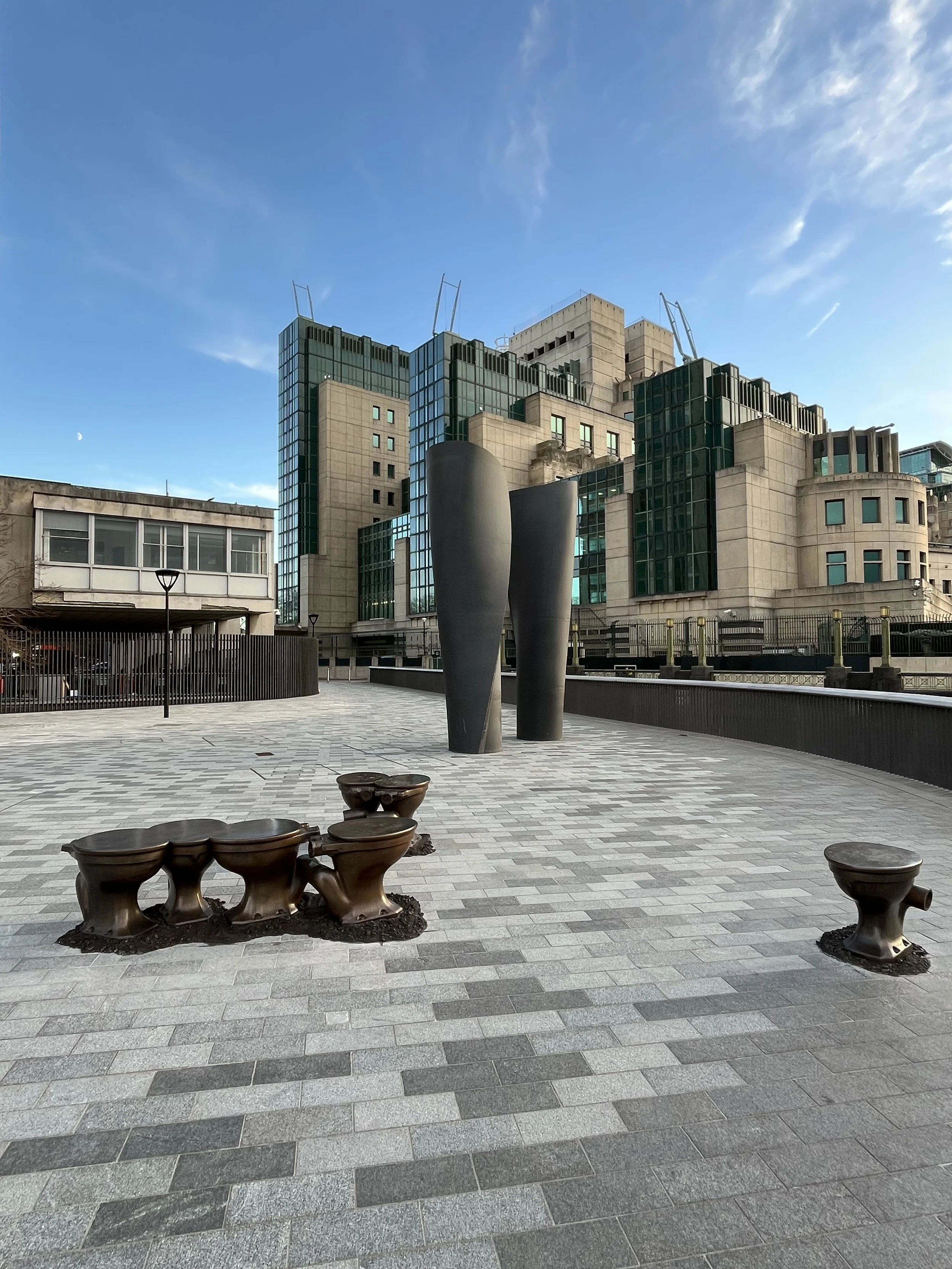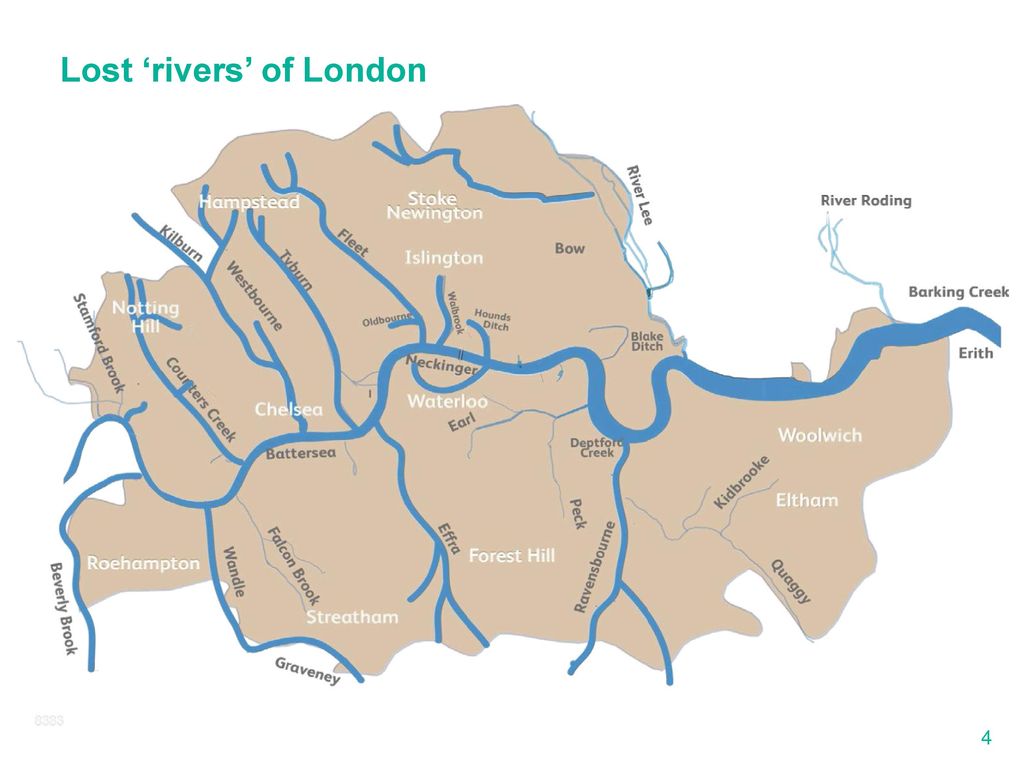Tideway Poetry Commission, London
Hidden Rivers, Hidden Times, Dorothea Smartt FRSL
Year
2018
Client
fereday pollard for Tideway
Poet
Dorothea Smartt FRSL
Service
Commission Management
Locations
Nine sites in London: Putney now open.
Putney Embankment
King George’s Park
Cremorne Wharf
Chelsea Embankment
Albert Embankment
Victoria Embankment Blackfriars Bridge
Chambers Wharf
Deptford Church Street
Permanent poetry commission
Poet Dorothea Smartt was commissioned to write poems for the ventilation columns at nine of the Thames Tideway Tunnel sites. For one location the columns were no longer required and not made, so the poems can be found in eight locations. These columns are all accessible for the public to walk close to. Smartt’s poems are thematically linked to London’s ‘Lost Rivers’.
The Lost Rivers are London’s natural drainage system and were used as the basis of Sir Joseph Bazalgette’s original sewer network, meaning they are still the sewers of the capital. Fifty tributaries flow into the Thames, including twelve along the route of the Thames Tideway Tunnel.
Smartt’s poems all relate to their specific site and primarily focus on tales connected to people living or working near or on the Lost Rivers. To write the poems, Smartt undertook research at London libraries (such as the Southwark History Library and Archive, London Metropolitan Library and Wellcome Library), spoke with historical experts, and visited the Lost Rivers themselves, where she talked to people she met along the Rivers’ routes. The references in the poems span across the centuries and mix every-day stories with those that are historically better known. Smartt’s aim was to create poems that would reflect the diversity of London and would be intriguing and captivating, resonating with broad contemporary and future audiences.
“A series of site specific poems relating to the Lost Rivers, about human stories, offering ‘snippets of London life’ across the centuries. ”
The poems had to be very short (approximately 150 characters) so they could be easily read along the column. They run up the side of the columns, fully integrated into the infrastructure of the Tunnel itself, with a design life of 120 years, making them a significant part of Tideway’s cultural legacy for London.
The text is a bespoke adaptation of the salvaged Doves font, which has an interesting history of its own, connected to the Thames. Doves font is being used at a number of Tideway sites as part of other commissions and on many of the new river walls. Typographer Robert Green who reclaimed the type has created a modified font for casting in bronze and undertaken the text layouts.
The poems:
Putney Embankment
Beverley Brook seeks the Thames, finds her at Putney. 1921. Flappers plunge feet first, our city’s finest swimmers riding her waters all the miles to Kew.
King George’s Park, Wandsworth
On watchful Wandle walks, Corporal Foster weaves alongside the river, an engine working watermills for earthenware, candles, and beer.
Chelsea Quay, Chelsea Embankment
Sloane’s Jamaican fortune, rooted in African trauma, blossoms a physic garden. Palms, tropical ferns, the ancient olive tree struggle to find peace.
Rearing, wings dip landing on river-stairs worn from work and weather. The Heron, soul of a drowned Lighterman, keeps his oath and dwells on the Thames.
Effra Quay, Albert Embankment
River Effra stubbornly underground, resurrects a coffin, sends it bobbing down the Thames. The dead will not stay buried in its persistent spring.
In pleasure’s garden brides to be seek to be seen. Beneficial unions set the sun on virgin days, when a husband was a woman’s right to be in the world.
Tyburn Quay, Victoria Embankment
Did that petite Madame dip her buckets in the Tyburn to cool wax figures? Did it mould her emporium in her adopted city? Did it soothe her misadventures?
Dido, Mansfield’s niece, trails her fingers in Tyburn's flow, thoughts on Zong cargo.
Bazalgette Embankment, Blackfriars Bridge
The furious Fleet flows red with Roman blood, Boudica battles bravely.
The stillness of refuge seeps from old St Pancras Church, soothing this troubled mind to recovery, a tranquility sourced from the buried river.
St. Barbara’s defended, lost. Buried beneath you Bazalgette’s workers, tunnelling mudlarks swathed by the forgotten rivers of this town.
Chambers Wharf
A bygone tanner’s pit under her garden twice swallows Mrs Williams in slippery slime her feet find a coping and with her girls’ hauling she re- emerges.
Beyond muddy tides and bottlenecked bursting barges, river pirates raid, rascals risking fortune fair and foul.
Local law and land lords filled nooses, lent Neckinger its name: those French monks turned marsh into ripe farmlands built mill, dock, and gibbet.
Deptford Church Street
Sunlight crowds the evening deck homeward from Southend: the last songs, the old girls still going cocking a leg, the boat’s hooter letting off steam.
New Year! Blowing boats light the river foreshore, a crowded cacophony clashing with the banging street bins. All dance, cheer when it strikes twelve.
To Southend: pinnies left behind in our spit and polish best, babies in bonnets. Trilbys and flatcaps swapped for four-cornered knotted hankies – our sunhats.
Katherine of Aragon docks, with Catalina and Oviedo married Moorish servants. Sea sick sailors they creek aboard His Majesty's ship. Longing for home.
“I hope to add a human and experiential dimension with some of my poems for the ventilation columns. I’ve explored ways of drawing threads across social history, through the lives of people, events, or significant buildings … reflecting and honouring well-known facts and features, as well as the lesser-known, marginalised or hidden past. I’m thrilled and delighted to have been chosen for such an important commission for London.”
The poems and the ventilation columns are currently being fabricated and installed across London. The site at Putney Embankment is now open and you can see the first column there. See the film of the opening here.
Hear more about the poems from Dorothea, including some being read, on Sounds BBC London for Jumoké Fashola’s radio show on the afternoon of 15 September 2023 (1:12:24 to 1:27:24 mins).
Dorothea Smartt FRSL is a Londoner with an international reputation as an established poet and a respected literary activist and live artist. Her work has been described as “accessible and dynamic” and as “Some of the most exciting poetry being written in England today…” (Lauri Ramey, Konch). She is known for drawing links between the past and the present, often focusing on people.
Smartt’s first poetry collection, Connecting Medium, was published in 2001, and contains many poems exploring her Barbadian heritage and her experience of growing up in London. Links between past and present are also central to her second collection of poetry: Samboo’s Grave/Bilal’s Grave (2007), also published as Ship Shape (2008), originally commissioned by Lancashire Litfest for the centenary of the abolition of slavery. Her third publication, Reader, I Married Him & Other Queer Goings-On examines cross-gender experiences among ‘West Indian’ workers on the Panama Canal in the early 20th century.
Smartt is a Fellow of the Royal Literary Society, a visiting lecturer at the Royal College of Art, one of the Poetryclass team, and poetry editor for Sable LitMag.
Poem Typography Credit:
Typographer Robert Green. Based on the Doves Type®, copyright 2017 Robert Green. All rights reserved. The typeface is available to licence via www.typespec.co.uk.
For more information see:
www.tideway.london

